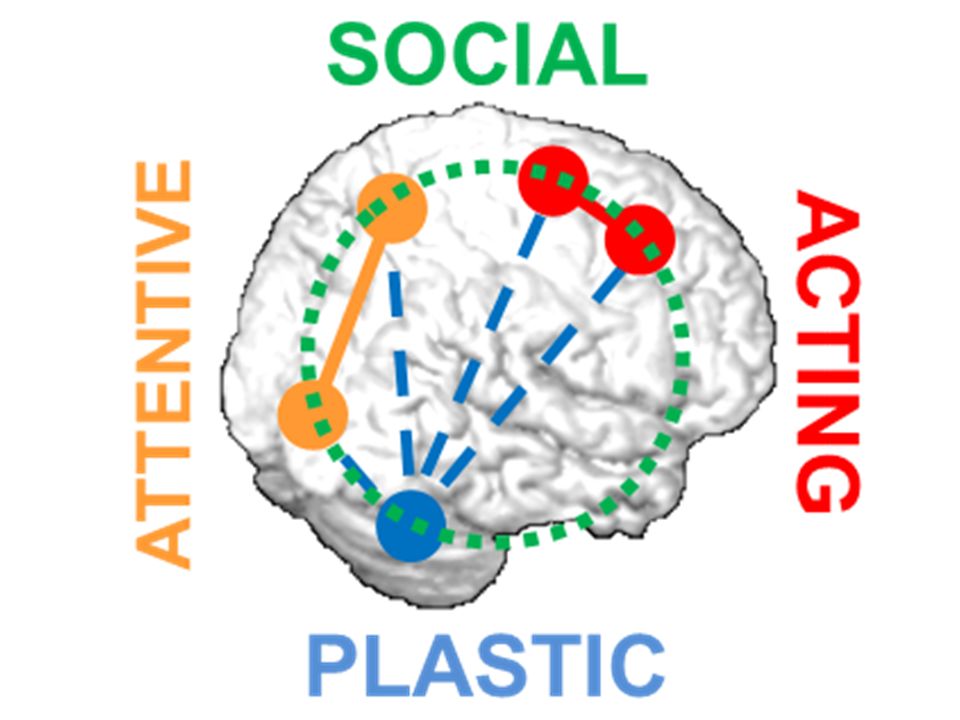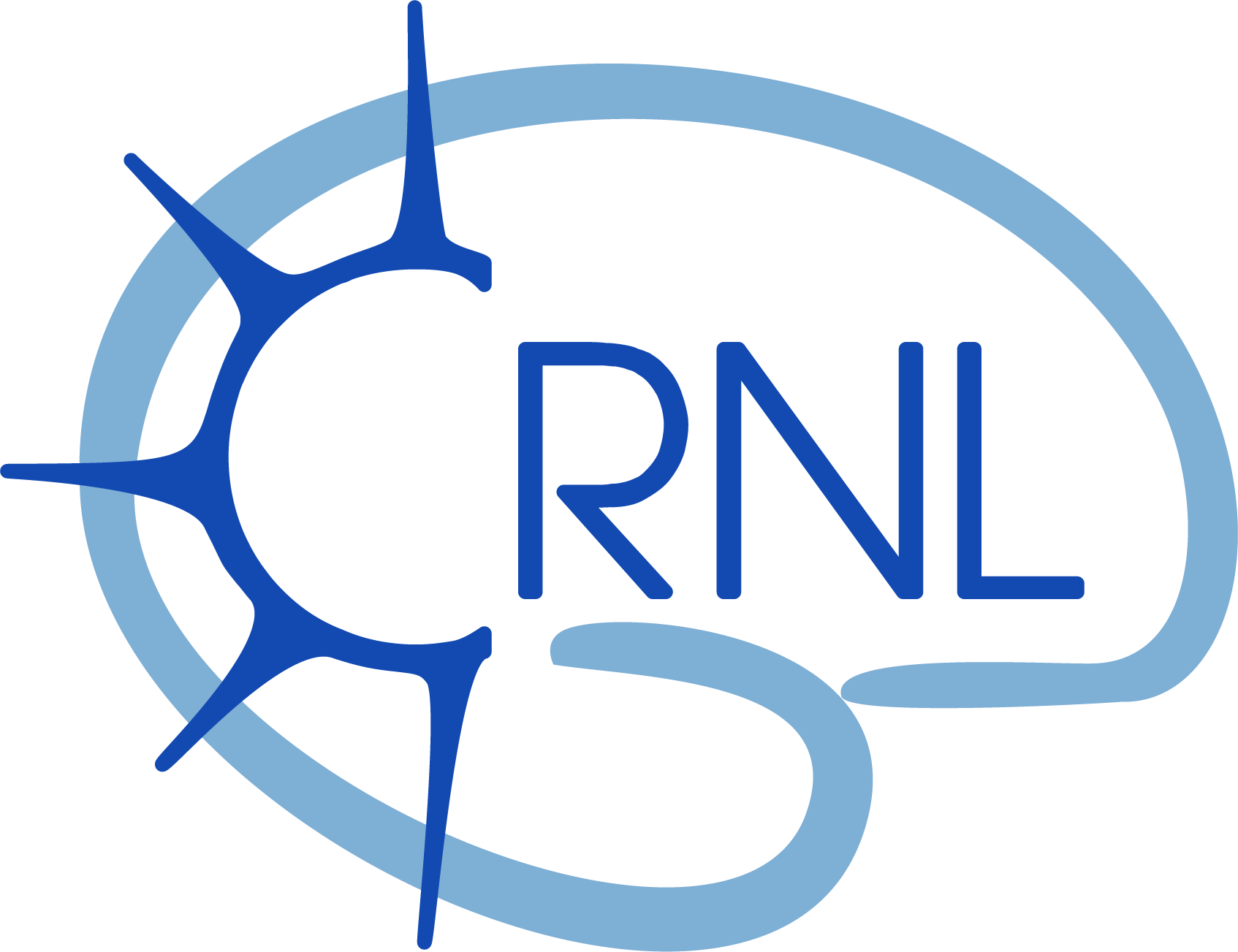Reactive saccade adaptation boosts orienting of visuospatial attention
Résumé
Abstract Attention and saccadic eye movements are critical components of visual perception. Recent studies proposed the hypothesis of a tight coupling between saccadic adaptation (SA) and attention: SA increases the processing speed of unpredictable stimuli, while increased attentional load boosts SA. Moreover, their cortical substrates partially overlap. Here, we investigated for the first time whether this coupling in the reactive/exogenous modality is specific to the orienting system of attention. We studied the effect of adaptation of reactive saccades (RS), elicited by the double-step paradigm, on exogenous orienting, measured using a Posner-like detection paradigm. In 18 healthy subjects, the attentional benefit—the difference in reaction time to targets preceded by informative versus uninformative cues—in a control exposure condition was subtracted from that of each adaptation exposure condition (backward and forward); then, this cue benefit difference was compared between the pre- and post-exposure phases. We found that, the attentional benefit significantly increased for cued-targets presented in the left hemifield after backward adaptation and for cued-targets presented in the right hemifield after forward adaptation. These findings provide strong evidence in humans for a coupling between RS adaptation and attention, possibly through the activation of a common neuronal pool.
| Origine | Fichiers produits par l'(les) auteur(s) |
|---|---|
| licence |



